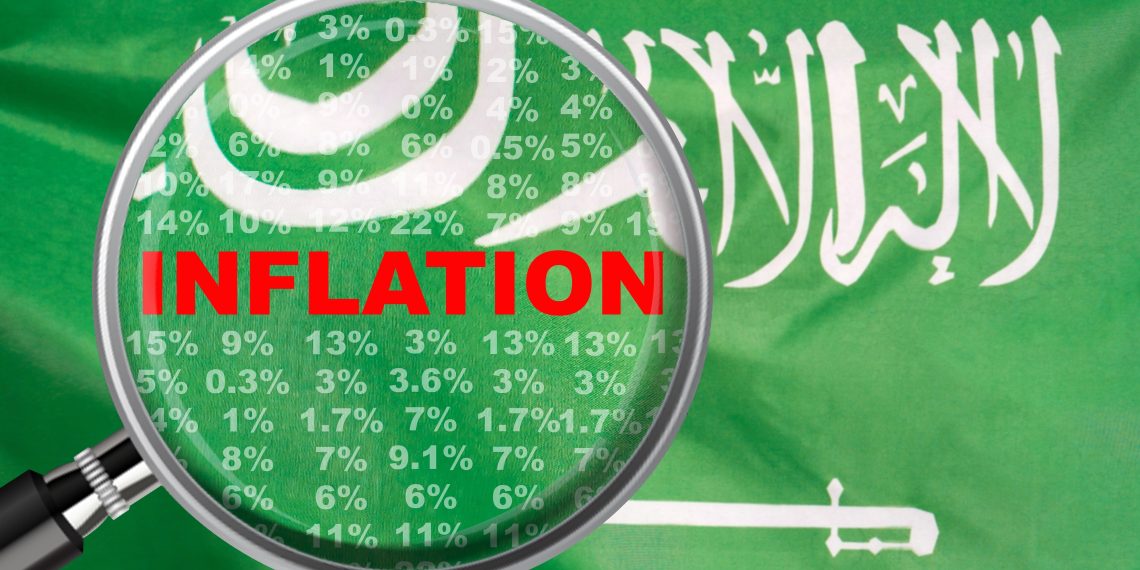Saudi Arabia’s central bank has reduced its benchmark interest rate from 6% to 5.5%, following a similar 50-basis-point cut by the US Federal Reserve. This adjustment aligns with changes in US monetary policy aimed at addressing inflation.
Central banks in the Gulf, including Saudi Arabia, have matched the Fed’s move due to their currencies being pegged to the US dollar. Anuj Goel of Century Private Wealth noted that the rate cut could invigorate Saudi Arabia’s non-oil sectors, such as construction and services, aiding the country’s Vision 2030 diversification goals.
Lower interest rates are expected to ease financial pressure on businesses and households, boosting spending and improving cash flow. The Saudi Arabian Monetary Authority (SAMA) stated that the rate of Repurchase Agreement has been reduced to 5.5%, and the Reverse Repurchase Agreement to 5%.
This rate cut, the first in over four years, reflects progress on inflation and a reassessment of economic risks. It could stimulate corporate activities and lending, especially in the real estate sector, which has seen significant growth.
Lower borrowing costs may also drive investments in infrastructure, technology, and innovation—key areas for Saudi Vision 2030, which aims to reduce oil dependency and promote sustainable development. Capital-intensive sectors like real estate, construction, and infrastructure are poised to benefit from cheaper credit, facilitating aggressive expansion and investment.
For Saudi banks, the rate cut could encourage more borrowing and growth in lending portfolios, particularly in the real estate sector where housing demand is rising. Goel mentioned that lower rates might further boost the real estate market, especially in Riyadh, which is attracting more expatriates.
However, while the rate cut can stimulate lending, it may also compress banks’ profit margins from loans. Despite this, banks recently reported record-high profits, indicating robust financial health.
Following the US Federal Reserve’s decision, central banks in the UAE and Bahrain also reduced their interest rates by 50 basis points. Qatar cut its rates by 55 basis points, and Kuwait reduced its discount rate by 25 basis points, reflecting a coordinated regional response to global monetary trends.
Lower interest rates in the Gulf can support investment and alleviate financial strains from lower oil revenues, aiding economic development and infrastructure projects. This is seen as beneficial for the region, particularly amid a weaker oil-price outlook.


